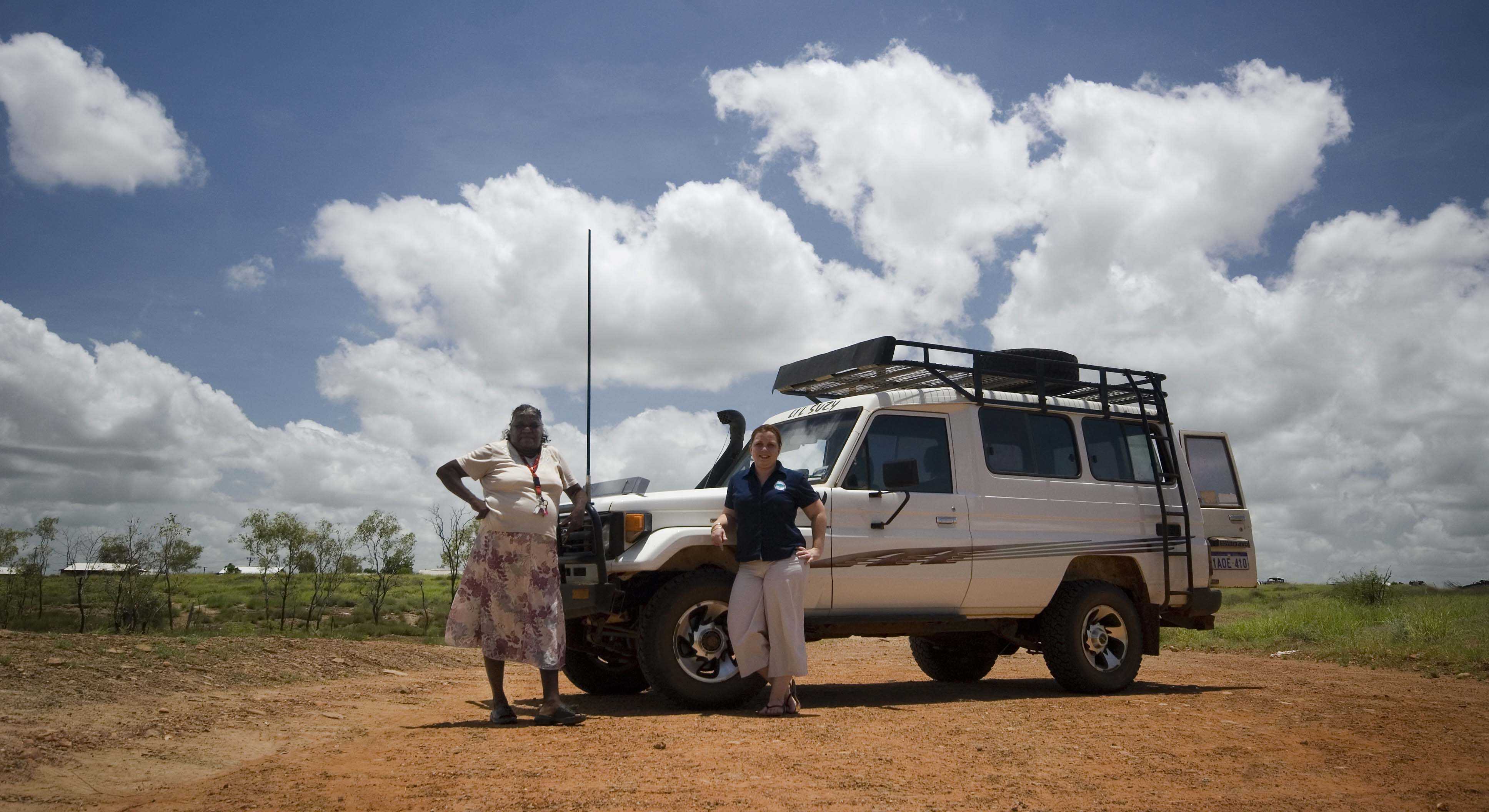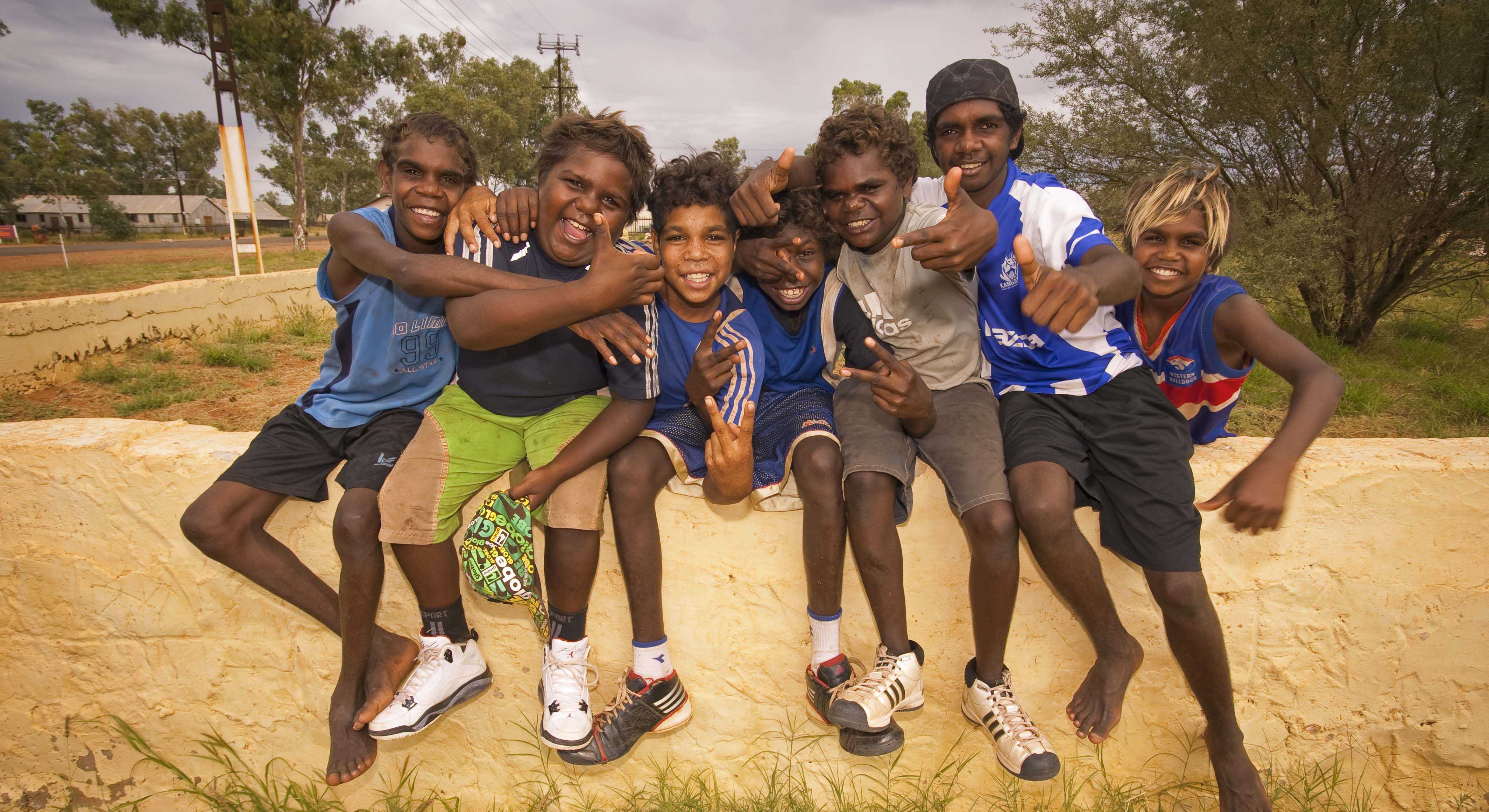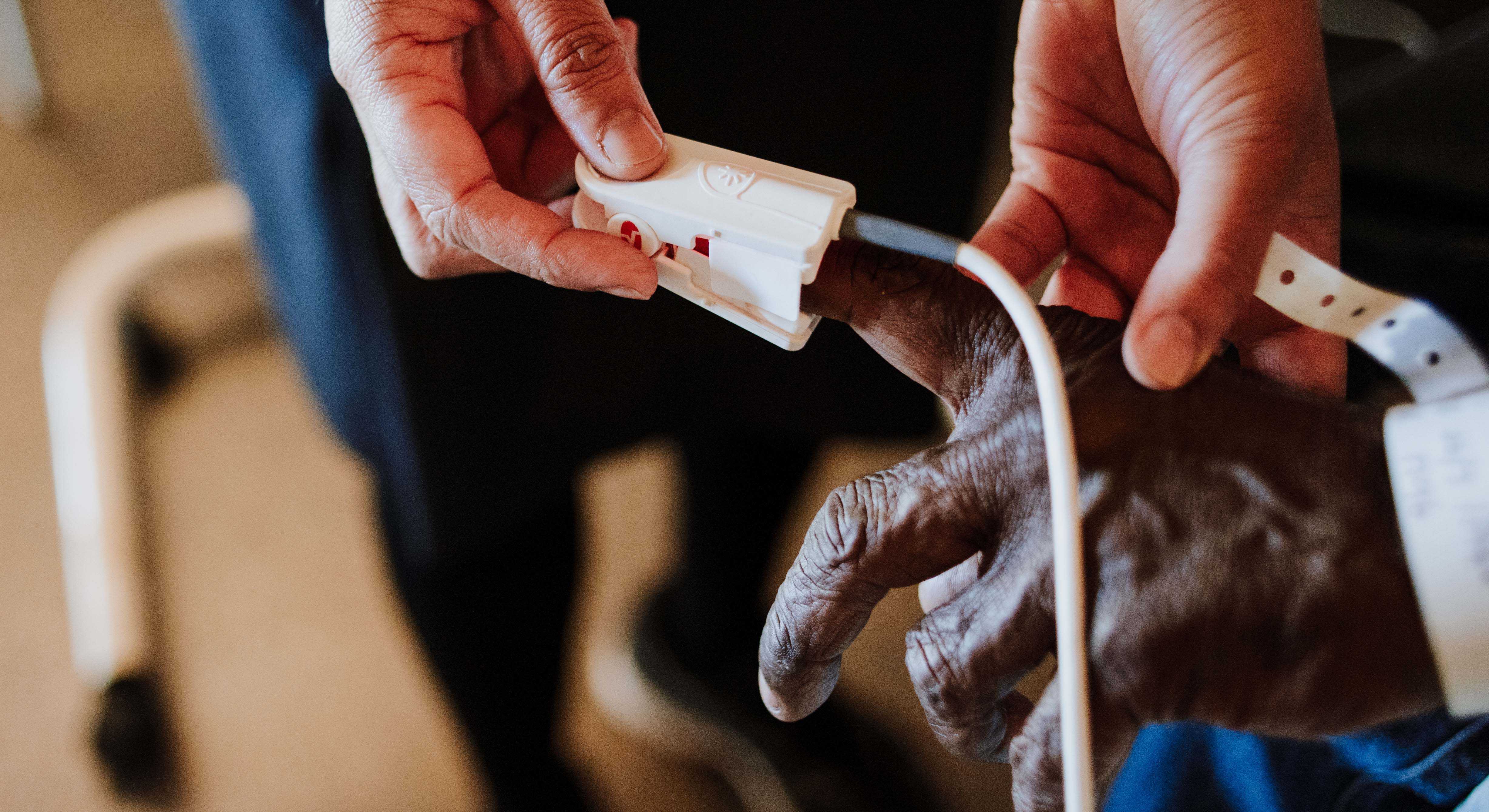This site may not work properly using older versions of Edge and Internet Explorer. You should upgrade your browser to the latest Chrome, Firefox, Edge, Safari, or any other modern browser of your choice. Click here for more information.
Advocacy
Our consultations, submissions, committees and position papers form the foundation of our advocacy for the remote health workforce.
As the voice for remote health in Australia, CRANAplus advocates for meaningful change to health policy and issues affecting isolated, rural and remote nurses and health professionals.
We voice the remote perspective through our extensive links with Commonwealth and State Governments, political groups, and other professional and workforce organisations. We represent the views of our membership on steering groups, advisory groups, working groups, committees, and governance bodies.
We publish professional standards and guides, formulate submissions during enquiries and consultations, and develop position papers on a range of contemporary health issues.
Throughout all of our advocacy, we engage with our membership to capture their expertise and experience in the remote context of practice.
Key Issues
THE GIVENS
People living in remote and rural Australia suffer a much greater burden of disease and poorer health than their metropolitan counterparts.
THE CONTEXT
Health professionals working in remote Australia work in some of the most geographically, professionally and socially isolating environments in the world. This requires them to be resourceful, have a broad scope of practice, use a comprehensive primary health care approach, have public health knowledge and the skills to work cross culturally.
WHO ARE THEY?
Nurses, midwives, doctors, allied & oral health professionals and Aboriginal and Torres Strait Islander health practitioners/workers.
WHERE ARE THEY?
They work in Aboriginal and Torres Strait Islander communities, farming districts, on & offshore mining, tourism, defence, Antarctica, on islands, in detention centres, justice health, aeromedical and small remote towns often with highly mobile populations
Improving health status
The following is a list of priorities that will improve the health of
people living in remote Australia.
1. The Social Determinants of health are a significant causative factor of poor health
outcomes for those living in remote Australia, particularly for Aboriginal and Torres Strait Islander people. Therefore:
- All health debates should occur in this context.
- A whole of government and whole of society approach is required to remedy this
problem.
2. The inequalities experienced by Aboriginal and Torres Strait Island people must be
addressed to close the health and life expectancy gap, remove health disadvantage and
eliminate racism.
3. All remote women have access to contemporary evidence-based models of maternity
care regardless of where they live. This includes:
- Continuity of care by a known midwife.
- Equitable distribution of maternity services.
4. All remote consumers have a right to access safe, quality emergency care, provided by clinicians who are educated to a national standard.
5. Remotely located older people have appropriate access to quality aged care services.
These include:
- Significant resourcing to develop innovative models of care and to support active
ageing and quality of life. - Provision be made to address the growing burden of dementia.
6. Remote communities are funded to have a sustainable fluoridated water supply as a
matter of priority, along with increased access to affordable oral health services.
7. Affordable and reliable high-speed Internet connectivity is a high priority for remote
areas.
8. The resourcing of, and access to health services must be based on local community
needs, disease prevalence and population health planning in collaboration with
relevant local stakeholders.
9. Climate change imposes significant public health risks to remote communities, requiring the development of proactive and responsive policy changes across Australia.
10. Acknowledgement of the impact of marginalisation on the health of people with disabilities, the LGBTI community and other minority groups.
11. Palliative care services – those living in remote communities should have access to
contemporary, supportive palliative care services
Improving the workforce
12. The model of health care in remote Australia is different.
- Remote health professionals use a comprehensive primary health care approach.
Greater investment is needed to educate the remote workforce in this model. - Need flexible models of service delivery in the remote context.
- The remote nursing workforce is often the consistent primary provider of health care, including coordination and case management, due to a maldistribution of medical workforce.
13. Investment and initiatives are required to increase and strengthen the remote Aboriginal and Torres Strait Islander health workforce. This includes:
- Significant investment and support to improve the numbers successfully completing nursing, midwifery, Aboriginal & Torres Strait Islander health practitioner/worker, allied health and medicine training.
14. Cultural safety and cultural respect education is embedded in all aspects of remote
health care from novice to advanced practitioner.
15. Zero tolerance for racism. It is identified and eliminated from all work locations.
16. Sole clinical posts in remote and isolated locations are not supported for any discipline.
17. Safety and security of the workforce is paramount. Each location must have
robust infrastructure, policies and systems to ensure a safe and secure workplace and
accommodation. Particular attention must be given to ensuring the safety of the on call,
after hours workforce.
18. Remote area nursing should be recognised as a generalist profession and assessed
against a nationally consistent standard for remote nursing practice.
19. Initiatives to grow and retain the future remote health workforce should include:
- Nursing students being able to access funded remote clinical placements, including
assistance with travel and accommodation. - Novice practitioners are able to access remote employment opportunities with
adequate support and resources. - Widely available and well-resourced mentoring programs.
- Certification process to validate safe, quality remote area nurse practice.
20. Investment is provided to educate and prepare remote health managers and leaders
through structured programs, in an effort to improve retention of the workforce
21. Investment to support remote nurses, midwives and allied health professionals to lead and deliver action-based research to improve patient outcomes.
22. Continued roll-out of Telehealth and Tele-medicine in remote areas to enhance
collaborative practice amongst the remote health team and reduce travel cost for
remote consumers. Continued support must be provided on the ground for training
and education of the user.
23. Acknowledgement of the contribution rural nurses make towards sustainable health services in our country towns.
Regulatory changes required
24. Commonwealth state and territory legislation and health service policies are reviewed to remove barriers that prevent remote nurses, midwives and allied health professionals to practice to their full scope.
25. Access to the MBS and PBS is reviewed and amended to better reflect the actual
workforce breakdown and delivery of primary healthcare in remote and rural Australia.


